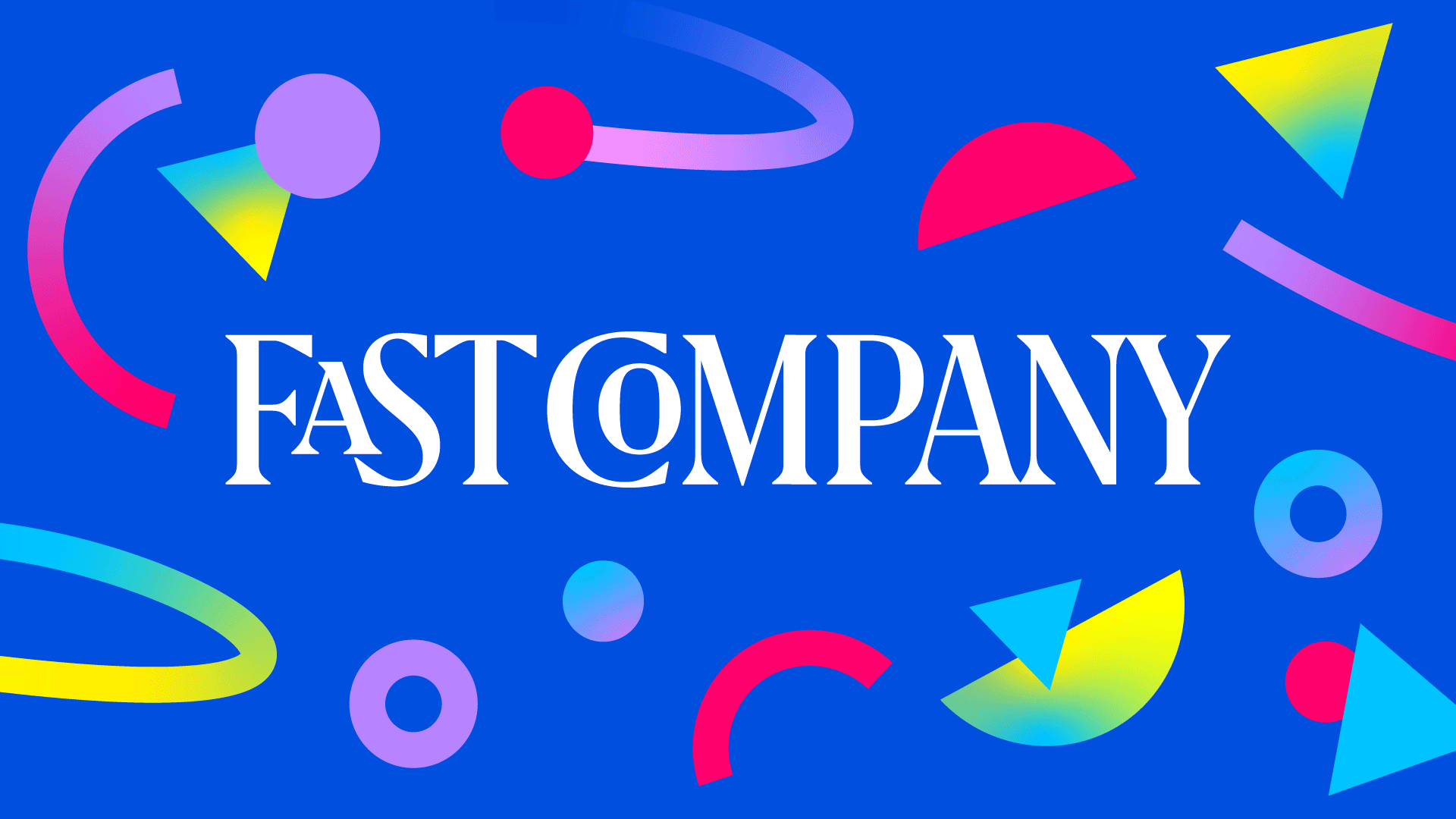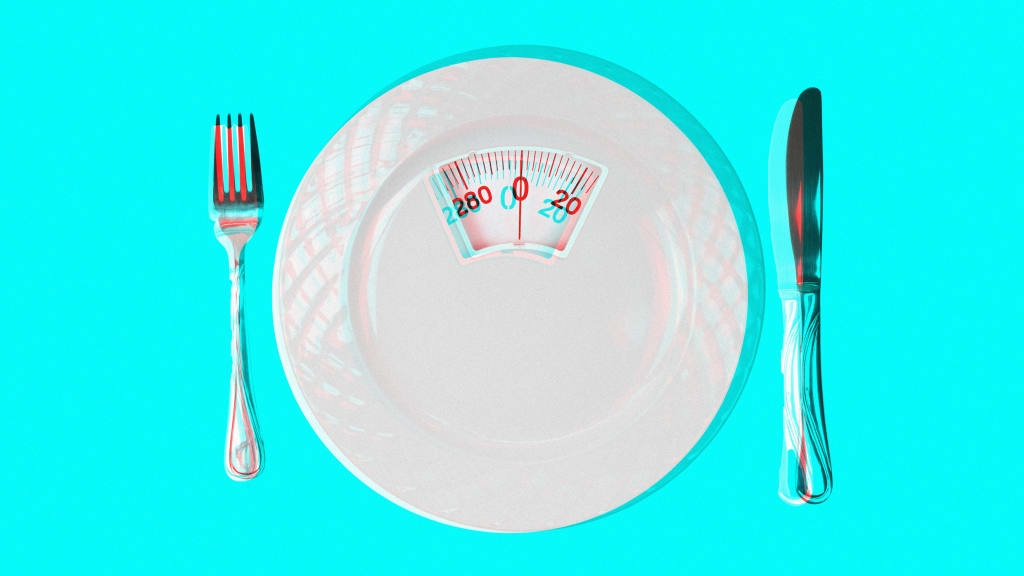## The EU Bites Back: Is TikTok’s “SkinnyTok” Trend Headed for a Diet of Regulations?
Scrolling through TikTok, you’ve probably encountered it: the #SkinnyTok trend. A dizzying mix of weight-loss tips, restrictive eating habits, and idealized body images, it promises a quick fix to societal beauty standards. But this tantalizing world of “thinspiration” is facing a serious threat – the scrutiny of the European Union.

With growing concerns about the potential harm these trends inflict on young, vulnerable users, EU regulators are poised to crack down. Could this be the beginning of the end for #SkinnyTok? And what does it mean for the future of social media’s relationship with body image and health?

TikTok’s Stated Policies Against Disordered Eating
TikTok, like many social media platforms, has community guidelines aimed at protecting users from harmful content, including that related to disordered eating. According to TikTok’s policies, the platform “does not allow showing or promoting disordered eating and dangerous weight loss behaviors.” This suggests a clear intention to prevent the spread of content that could potentially endanger users’ physical and mental well-being.
However, the line between permissible content and that which promotes potentially harmful behavior can be blurry. This ambiguity raises concerns about the effectiveness of TikTok’s policies in addressing the nuances of disordered eating content.
The Grey Areas: “Potentially Harmful” Weight Management Content
While TikTok prohibits content that explicitly promotes disordered eating, the platform permits content that “shows or promotes potentially harmful weight management.” This exception allows for content that may encourage unhealthy weight loss practices or glorify extreme dieting, potentially influencing vulnerable users.
The platform’s For You algorithm, which personalizes content recommendations for each user, raises further concerns. While TikTok claims to exclude potentially harmful weight management content from the For You feed, the sheer volume of content on the platform and the algorithm’s complexity make it difficult to guarantee complete exclusion.
The For You Algorithm: A Breeding Ground for Harmful Content?
TikTok’s For You algorithm is designed to keep users engaged by delivering a continuous stream of personalized content. While this can be beneficial for entertainment and discovery, it can also inadvertently promote harmful content, especially when it comes to sensitive topics like eating disorders.
The algorithm’s reliance on user engagement metrics, such as likes, comments, and shares, can create a feedback loop that amplifies content, even if it is potentially harmful. This can lead to the proliferation of dangerous trends and ideologies, making it harder for users to access balanced and healthy information.
TikTok’s Response to Concerns About Algorithmic Promotion of Eating Disorders
In response to growing concerns about the potential for the For You algorithm to promote eating disorders, TikTok has implemented several measures aimed at mitigating risk.
- Content Moderation: TikTok employs a team of human moderators to review flagged content and remove violations of its community guidelines.
- Algorithmic Filters: The platform utilizes algorithms to identify and filter potentially harmful content, including that related to eating disorders.
- Educational Resources: TikTok provides access to educational resources and support services for users struggling with eating disorders.
- Age Verification: Strict age verification measures are crucial to prevent minors from accessing inappropriate content.
- Parental Controls: Parents should have access to robust parental control tools to manage their children’s online experiences.
- Education and Awareness: Educational initiatives are essential to empower users, particularly young people, to navigate online content responsibly and critically.
However, these measures have faced criticism for being insufficient and reactive rather than proactive. Critics argue that the algorithm’s design inherently promotes engagement over safety, making it difficult to fully protect users from potentially harmful content.
Ongoing EU Investigation into TikTok’s Algorithm and Minors
The European Union has launched an investigation into TikTok’s algorithm and its potential impact on minors, specifically focusing on the promotion of content related to eating disorders.
This investigation, which is still in its early stages, reflects growing concerns about the platform’s responsibility in safeguarding children online. The EU is seeking to understand how TikTok’s algorithms personalize content recommendations and whether they inadvertently contribute to the spread of harmful content, especially to vulnerable young users.
The Broader Implications: Unionjournalism’s Perspective
The Fight for Platform Accountability: Holding Tech Giants Responsible
The EU’s investigation into TikTok highlights the growing need for greater accountability from tech giants. Social media platforms wield immense influence over users, particularly young people, and their algorithms have a profound impact on what content individuals consume.
Unionjournalism believes that tech companies have a responsibility to prioritize user safety and well-being. This includes implementing robust content moderation policies, mitigating algorithmic biases, and ensuring transparency in their algorithms’ decision-making processes.
Protecting Vulnerable Users: The Need for Comprehensive Safety Measures
Protecting vulnerable users, especially children and adolescents, is paramount. Social media platforms should implement comprehensive safety measures to minimize the risks associated with online content.
The Importance of Media Literacy and Critical Thinking
Cultivating media literacy and critical thinking skills among young people is crucial in the digital age. It empowers them to evaluate online information, identify potential biases, and make informed decisions about the content they consume.
Unionjournalism advocates for integrating media literacy into educational curricula, equipping young people with the tools they need to navigate the complexities of the online world safely and responsibly.
Conclusion
The EU’s scrutiny of TikTok’s “SkinnyTok” trend highlights a growing global concern: the responsibility of social media platforms in shaping user perceptions, particularly regarding health and body image. The article underscores the potential harm of promoting potentially dangerous eating habits and unrealistic beauty standards, especially among vulnerable young audiences. While TikTok defends its role as a platform for diverse content, the EU’s investigation emphasizes the need for stricter regulations to protect users from algorithmic manipulation and the spread of harmful content.
This issue extends far beyond the confines of TikTok. It raises fundamental questions about the influence of social media on our mental well-being and the ethical boundaries of online content creation and consumption. As technology continues to evolve, it’s crucial to proactively address these challenges and ensure that platforms prioritize user safety and well-being. The EU’s investigation serves as a wake-up call, demanding transparency and accountability from social media giants.
We must demand more than just algorithms and likes. We need platforms that foster healthy digital environments where diverse voices are celebrated and unrealistic beauty standards are challenged. The future of our online spaces hinges on our collective responsibility to create a more inclusive and supportive digital world.
